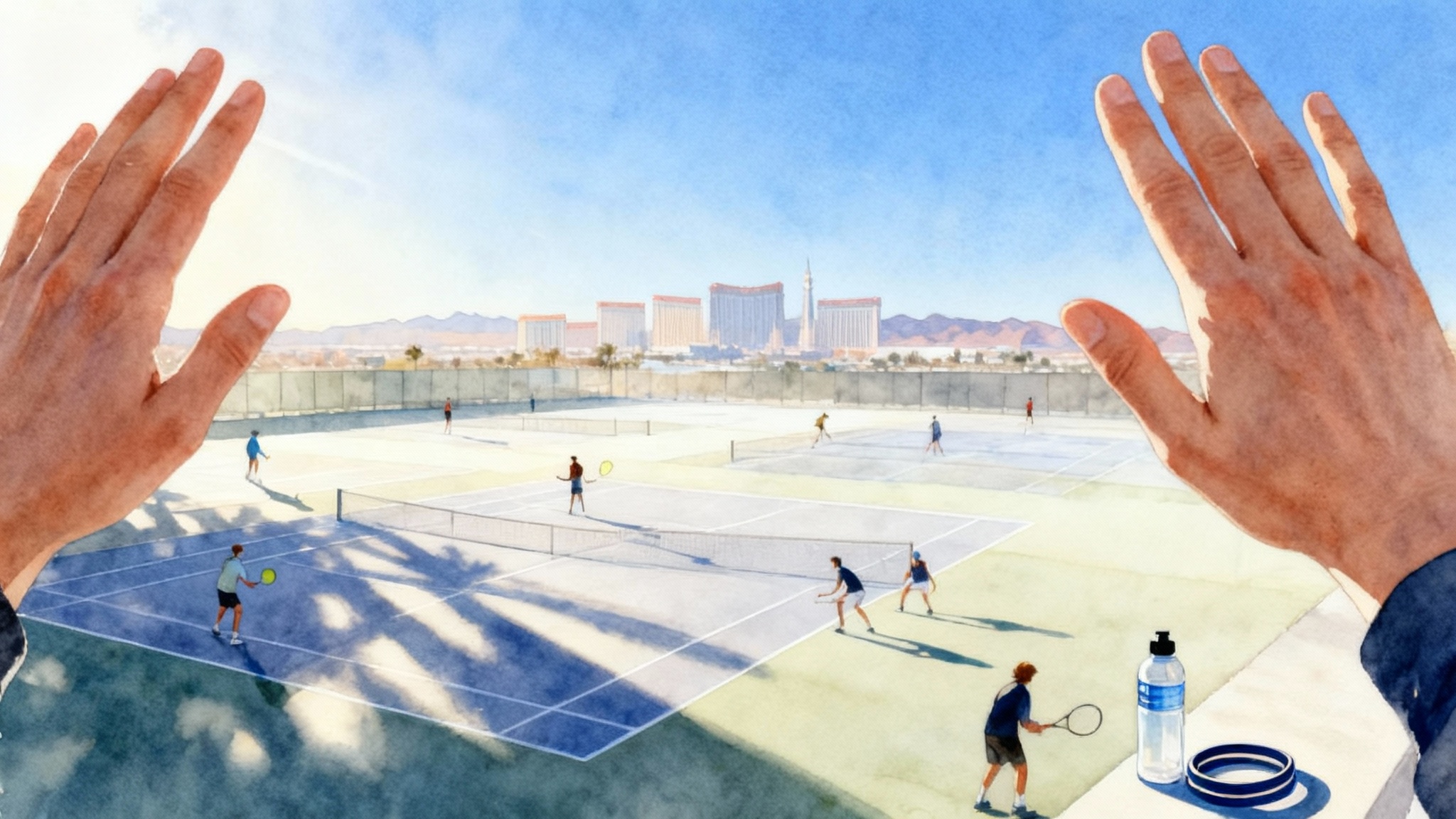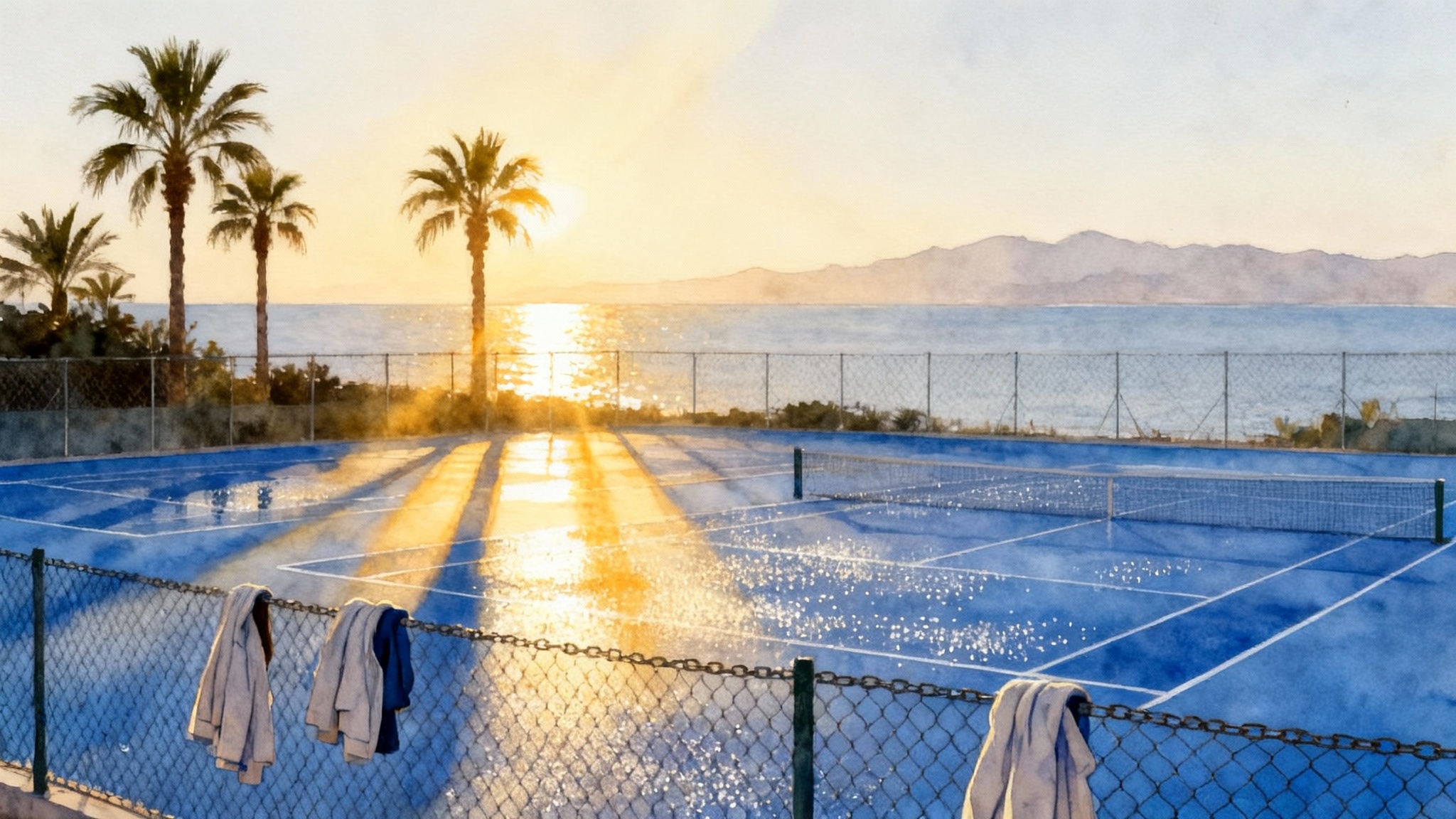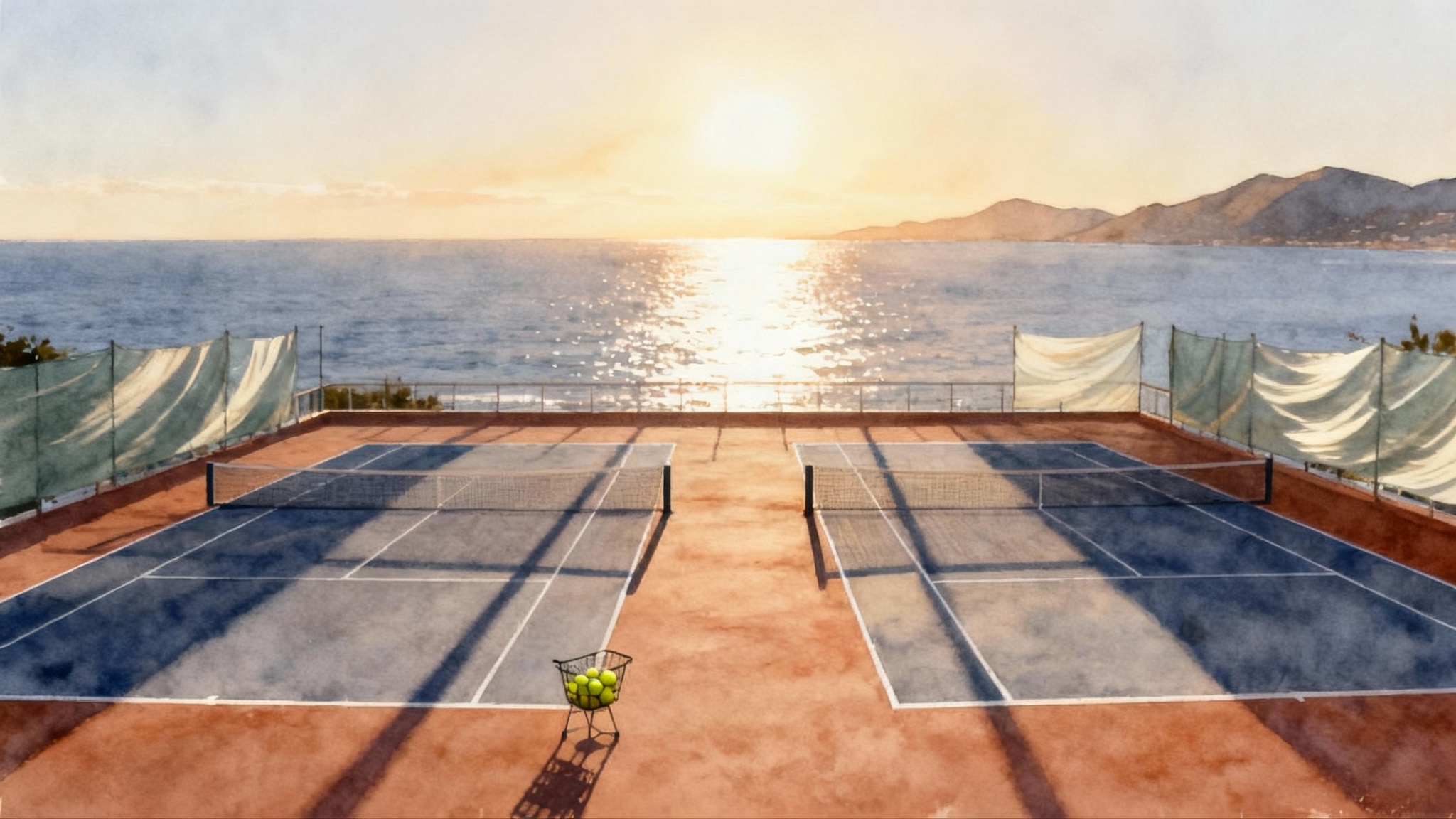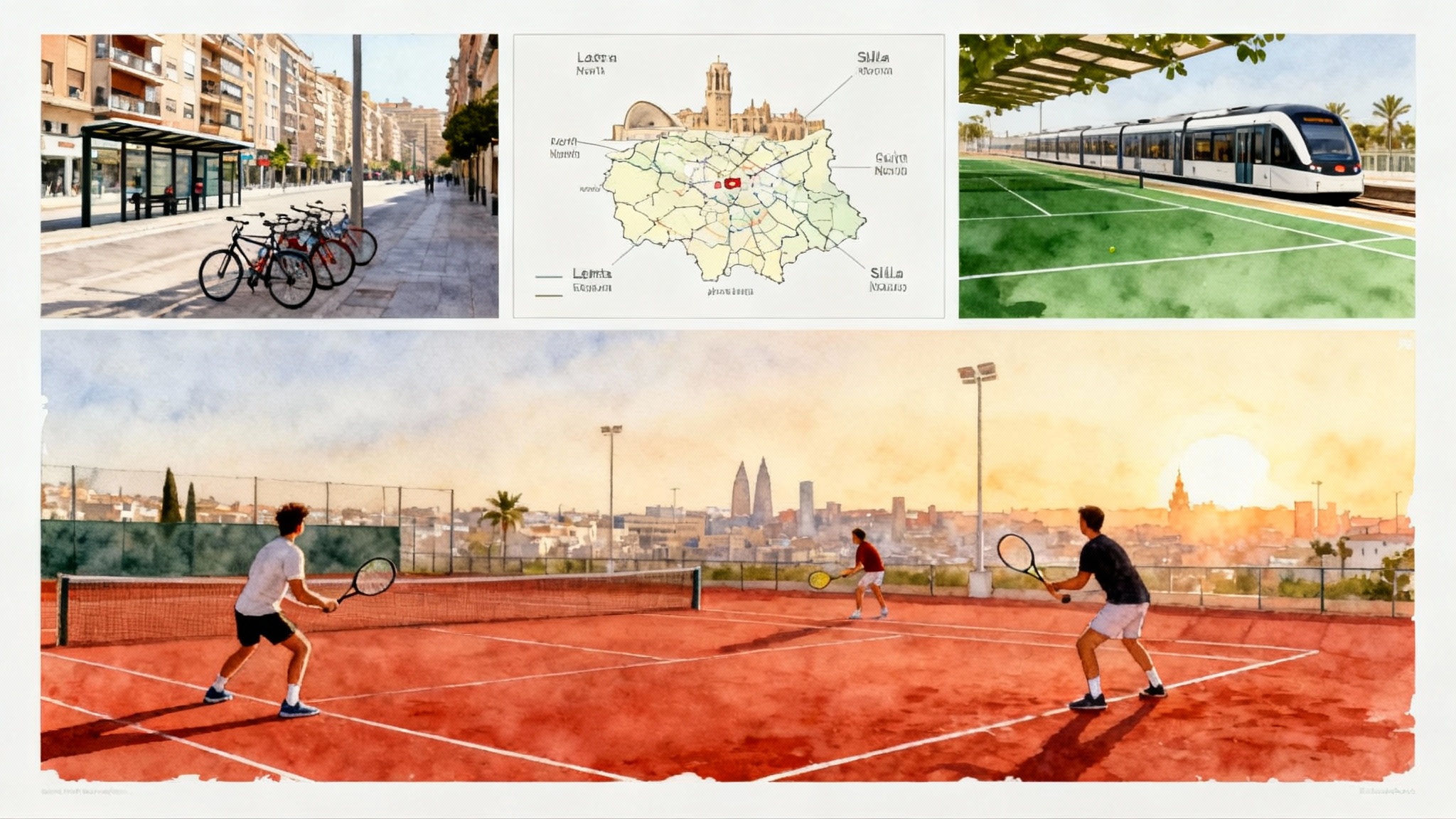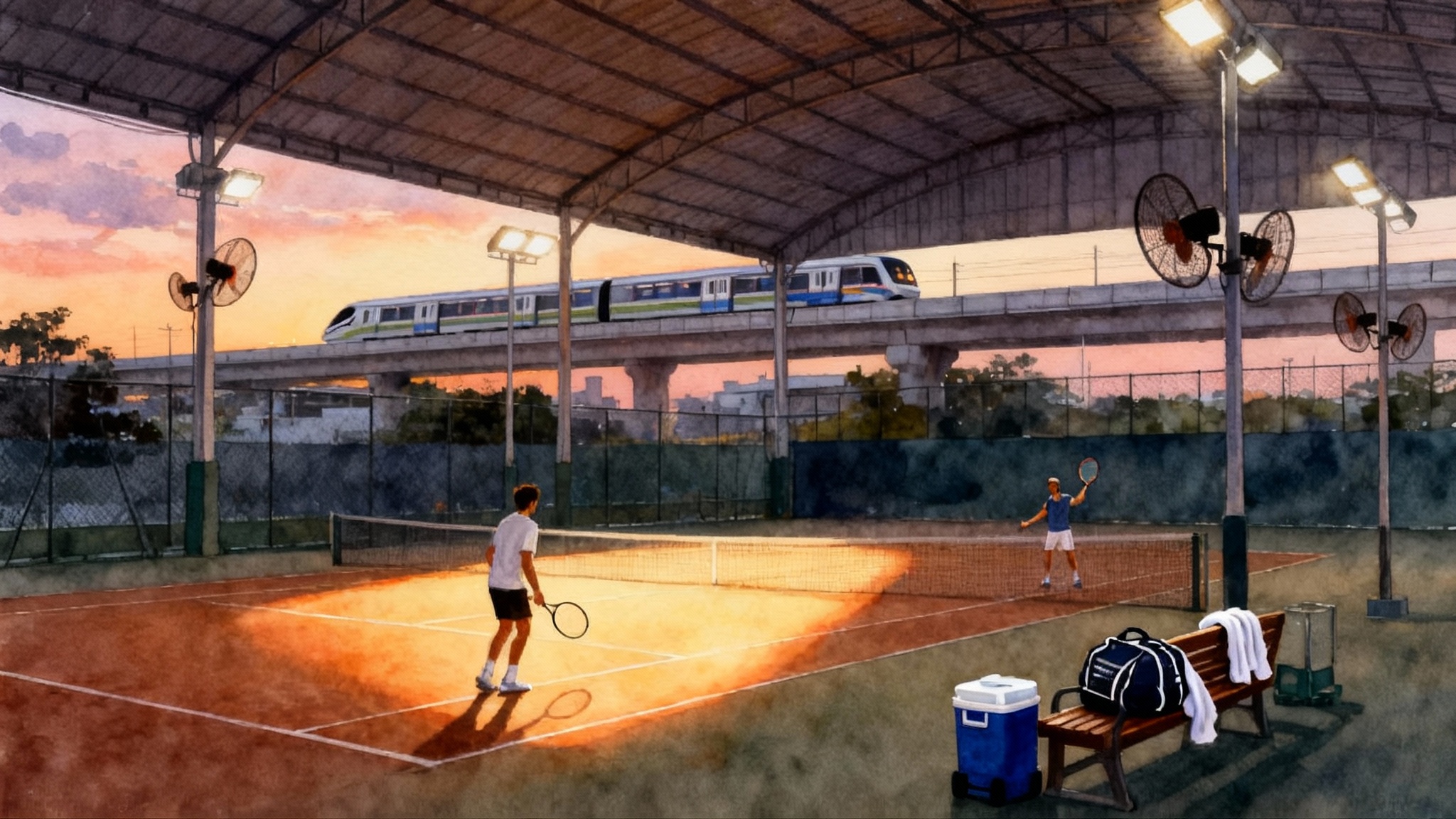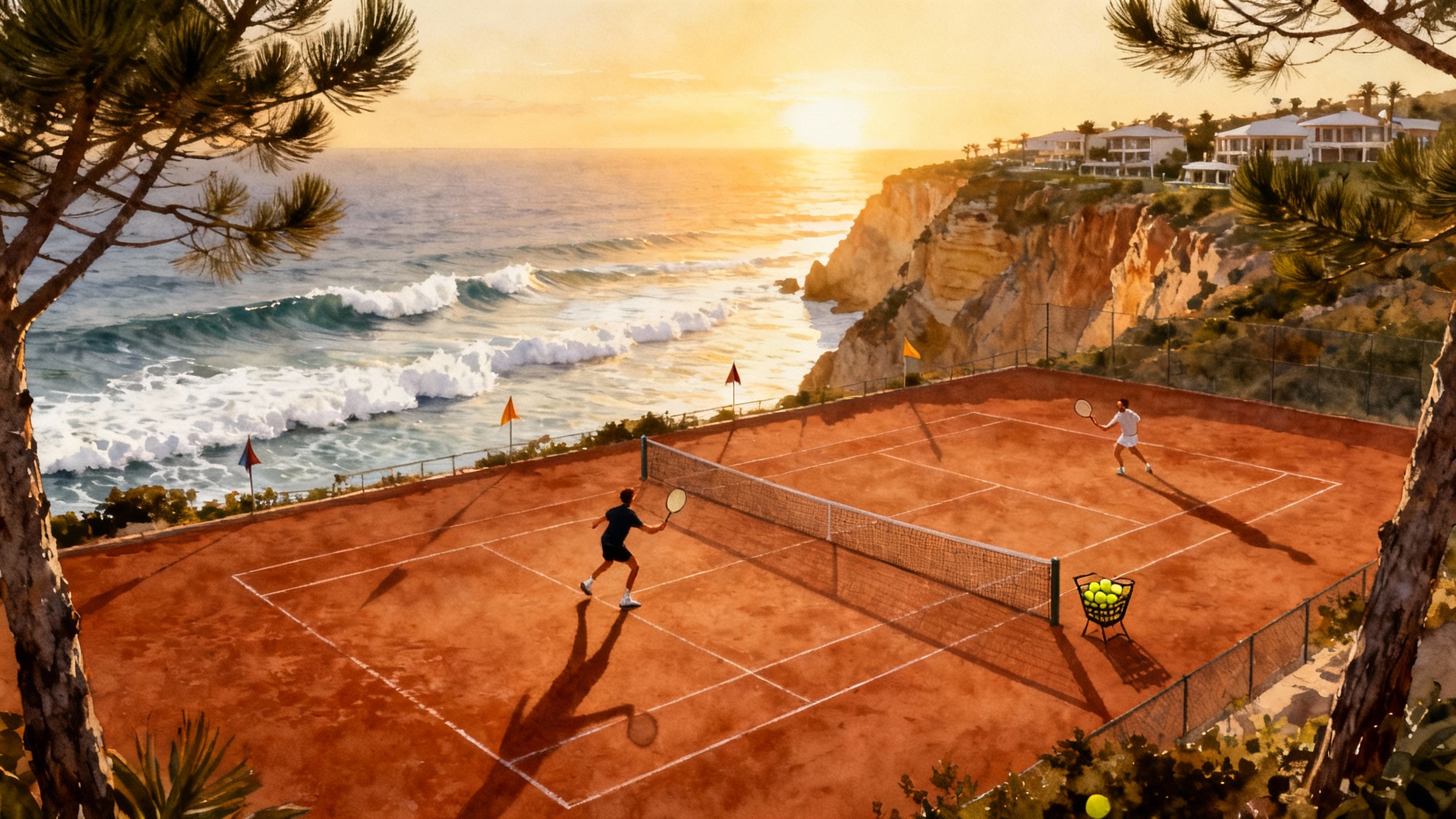Phuket Year-Round Tennis: Covered Courts in Cherngtalay, Thalang
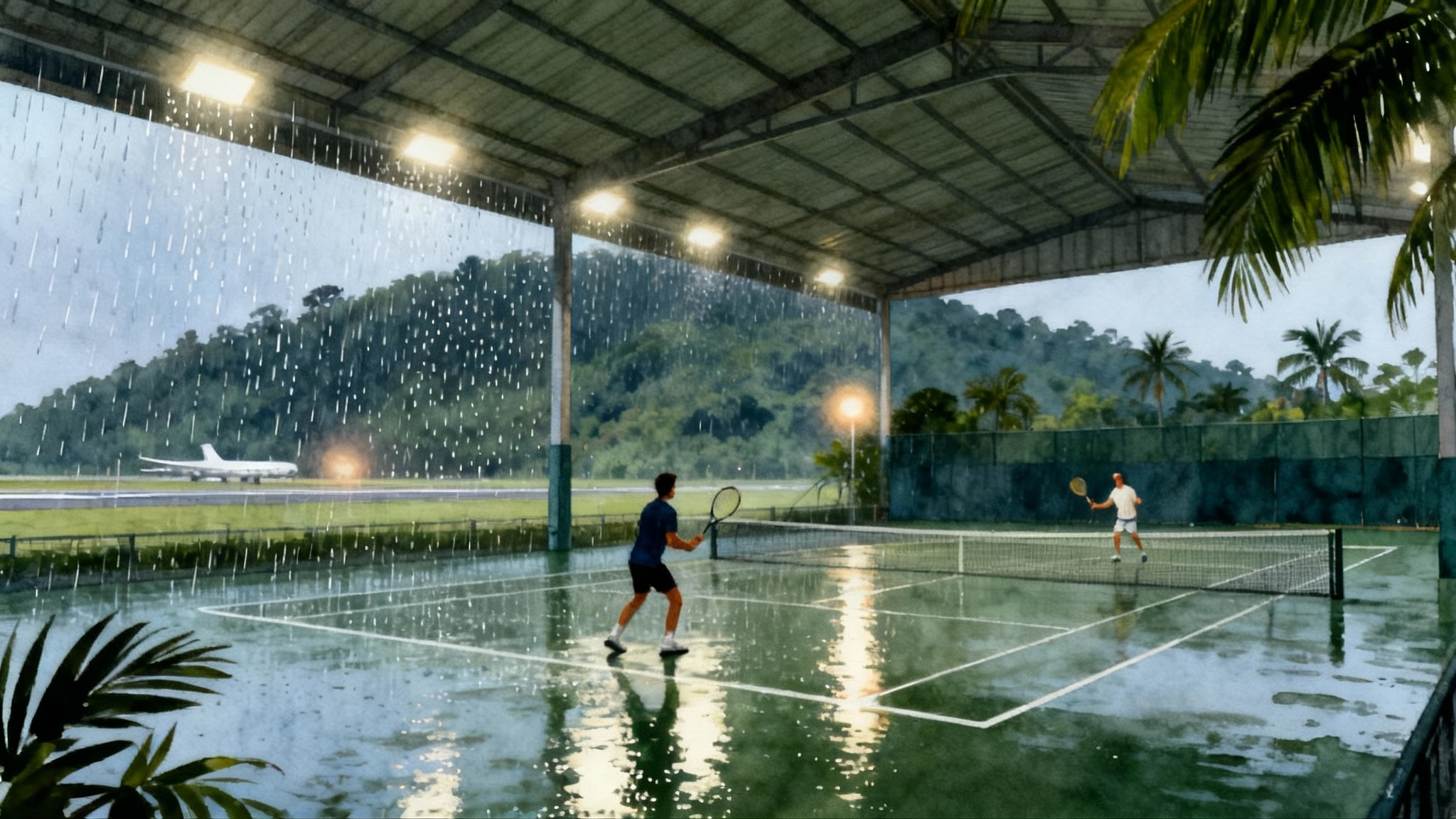
Why Phuket works 12 months a year for tennis
If you looked only at Phuket rainfall and seasons, you might assume tennis is a November to March sport. In reality, fully and partially covered courts have changed the math. Short, heavy showers are common from May to October, but play continues under roofs while rain runs off in sheets. In the drier season from December to March, the sun can be fierce; covers again help by cutting radiant heat and keeping the surface playable in a mid‑day squall. That combination turns Phuket into a genuine year‑round training base for two to six week blocks, provided you schedule sessions around heat and humidity instead of avoiding them.
Two hubs make the island especially practical: Cherngtalay near Bang Tao Beach and Thalang just south of the airport. Both have covered courts, professional coaching, and easy airport access. The difference is feel. Cherngtalay offers a club community vibe close to beach neighborhoods; Thalang offers a resort‑scale sports campus with deep recovery options.
The two hubs at a glance
Cherngtalay: SiamSportsPro Tennis Academy
SiamSportsPro anchors the Cherngtalay side with six fully covered, lit Laykold Masters Gel acrylic hard courts, built for match‑speed training. The academy sits on Soi Pasak 8, about 10 minutes from Bang Tao Beach and roughly 20 minutes from Phuket International Airport. Expect small‑group clinics, private coaching, social match play, and on‑site prevention and recovery services. For current programs and court details, see the profile for SiamSportsPro Tennis Academy Phuket.
- Facility: six covered Laykold Masters Gel courts
- Coaching: international and Thai staff; private sessions, adult clinics, junior programs
- Recovery: on‑site health and recovery services and a courtside cafe
- Location: Cherngtalay hillside with quick reach to Bang Tao, Boat Avenue, Laguna
Thalang: Thanyapura Tennis at the Sports and Health Resort
Thanyapura sits in Thalang about 13 kilometers from the airport and offers a tennis center within a full sports resort. You get covered and outdoor Plexicushion courts alongside pools, a large gym, steam, sauna, ice baths, group classes, and multi‑sport coaching. That depth makes it easy to pair on‑court work with structured cross‑training and active recovery without leaving the property. Explore programs and facilities via Thanyapura Tennis Academy.
Surfaces and how they play
Laykold Masters Gel and Plexicushion are cushioned acrylic hard‑court systems laid over asphalt or concrete. In practice:
- Feel and joint load: Cushion layers add forgiveness compared with older acrylic builds. Players logging multiple daily sessions often report less next‑day knee and back soreness.
- Speed: Both systems run medium to medium‑fast. In Phuket, ball speed can feel a touch slower in the wet season because humid air is denser; bounces may sit up slightly during heavy humidity, helping defensive retrieval and longer rallies.
- Consistency under cover: Roofed courts shield the surface from sudden wet patches and stop the sun from baking one side of the court, so footwork and bounce remain predictable through a session.
Actionable takeaway: if you are planning a volume block with daily drilling, the covered courts at either site reduce weather‑related variability. If you are tuning for match play, both surfaces support modern aggressive baseliners and all‑court players; bring two string setups and adjust tension up by 1–2 kilograms on extra humid days to keep launch angle controlled.
Coaching styles and ideal fit
-
SiamSportsPro: Club‑community intensity. The schedule mixes private lessons with adult clinics, cardio tennis, and organized match play. International and Thai coaches cover complete beginners through advanced adult competitors. The on‑site lifestyle clinic adds lab checks and recovery services. Evenings are social, so it is easy to find hitting partners.
-
Thanyapura: Resort‑scale integration. Tennis plugs into a campus that serves swimmers, triathletes, and teams. You can build a two‑sport or three‑sport week with expert guidance, then access spa, steam, sauna, and ice baths between sessions. Group classes create a steady stream of sparring options, and organized league or social sessions run year‑round.
Practical choice rule: If you value walkable beach life and a social club feel, base in Cherngtalay around SiamSportsPro. If you want a one‑stop training resort with deeper cross‑training and recovery, pick Thanyapura and build your week inside the campus.
Phuket’s split monsoon and how to schedule around it
- December to March: Drier and a bit cooler by Phuket standards. Morning and late afternoon are best for high‑intensity drilling. Covers let you run match play at noon if a passing shower hits.
- April to May: Hottest stretch with rising humidity. Heat acclimation becomes the limiting factor. Use early starts, long changeovers, and firm recovery protocols.
- June to October: Southwest monsoon brings frequent short, heavy showers, especially afternoons and evenings, with breaks of sun. Covered courts are the difference between canceled sessions and a full training week. Volume is still possible if you stack two sessions per day under cover and keep a flexible clock.
Mapping the months to your goal
-
Goal: Volume building for technique and fitness
- Best windows: January to March and June to October under cover. In the dry months, stack mornings and late afternoons to avoid heat spikes. In the wet months, expect occasional thunderstorm delays outside, but count on your covered bookings to hold.
- Why it works: Predictable floors, shade, and rain protection keep your weekly hours intact.
-
Goal: Guaranteed match play
- Best windows: December to March around both hubs as seasonal visitors swell the hitting pool, plus year‑round organized sessions at Thanyapura and club nights in Cherngtalay. Pre‑book at least two structured sessions per week to anchor your schedule, then fill in with ad‑hoc hitting.
-
Goal: Heat acclimation
- Best windows: March to May, and September as a shoulder. Use progressive exposure: three to five sessions in week one with strict work‑to‑rest ratios, building to daily court time by week two while monitoring heart rate and perceived exertion.
Heat, humidity, and the WBGT reality in Phuket
Wet Bulb Globe Temperature, or WBGT, blends air temperature, humidity, wind, and solar load to estimate heat stress on court. The ITF extreme weather policy activates at a WBGT of 30.1 degrees Celsius, which allows a 10 minute break between sets in singles and may lead officials to modify or suspend play at higher values. In short, WBGT is the number that matters more than the reading on your phone. Measure it courtside or ask staff for the current figure before long sessions.
Several consensus guidelines suggest that once WBGT pushes into the high twenties with high humidity, the risk of exertional heat illness rises quickly, which is why shaded, covered courts and conservative work‑to‑rest plans matter in Phuket.
Practical WBGT and hydration tactics
- Time your sessions: Book 07:00 to 09:30 and after 16:30. Keep mid‑day tennis short, tactical, and shaded, or use it only for serve practice and video review.
- Use work‑to‑rest blocks: For hard drilling, think 12 minutes on, 3 to 4 minutes off. Build in a five minute cool‑down every 30 to 40 minutes. When WBGT approaches 30, reduce set length and extend breaks.
- Pre‑cool and mid‑cool: Start cooler than you think you need. Use cold towels on neck and forearms during changeovers and consider an ice slurry or a cold smoothie 15 to 20 minutes before play.
- Hydration by feedback, not guesswork: Weigh yourself before and after a 60 minute session. Each kilogram lost equals about one liter of fluid deficit. Use that to tune your bottle plan for the next day. Add electrolytes during longer sessions in humid conditions.
- Clothing: Light colors, loose weave, and a cap with a dark under‑bill to reduce glare off bright courts.
- Recovery: Contrast water immersion or an ice bath right after a tough block, then easy aerobic flush in the evening. Both hubs have facilities or nearby options to make this easy.
For another climate‑smart city playbook in the region, see Bangkok dry‑season planning.
Stay‑and‑train logistics that work
-
Bang Tao base for Cherngtalay
- Why here: Ten minutes to SiamSportsPro, plenty of villas and resort hotels, deep restaurant choices at Boat Avenue, and Bang Tao or Layan Beach for low‑impact recovery walks.
- Commute: Short local drives or cycling to the courts if you prefer a warm‑up ride.
- Grocery and gear: Modern supermarkets around Boat Avenue; racquet stringing on site at the academy.
-
Nai Yang base for Thalang
- Why here: Quiet beach town inside Sirinat National Park with shaded beachfront paths and calm mornings for breathing work. Thanyapura sits inland about 15 to 20 minutes from the airport depending on traffic.
- Commute: Simple taxi or rideshare along Thepkasattri Road; hotel shuttles are common.
- Recovery walks: Sunrise at Nai Yang when the tide is low is as restorative as a spa session.
-
Airport access
- Thanyapura: around 13 kilometers from HKT, roughly 15 to 20 minutes by car depending on time of day.
- SiamSportsPro: commonly a 20 minute drive to the airport; plan a buffer at peak hours.
Building a two to six week training block
Here is a template you can scale up or down.
-
Week structure
- 4 tennis days, 1 match day, 1 cross‑training day, 1 full rest day
- Tennis days: morning technical session with footwork patterns and live ball drills; late afternoon situational points or serve plus first ball. Keep mid‑day for video review under cover or strength in air‑conditioned spaces.
- Match day: two best‑of‑three practice matches or one long match with targeted patterns. Use covered courts to guarantee completion in wet season.
- Cross‑training: pool intervals, yoga, or a light trail run on shaded paths near Thalang or a beach walk at Bang Tao.
-
Progression over time
- Week 1: three or four on‑court sessions total if you are arriving from a cooler climate. Emphasize movement, timing, and heat acclimation with strict breaks.
- Week 2: five or six sessions; add one match‑play block.
- Week 3 to 6: maintain six to eight sessions per week with two match‑play blocks. Use covered courts for volume and sprinkle in one outdoor session when weather is mild to keep your sun and wind skills sharp.
-
Recovery rhythm
- Daily: cool‑down jog or bike 10 minutes, mobility 10 minutes, hydration and protein within 30 minutes
- Twice weekly: sauna or steam plus cold immersion for 20 to 30 minutes total time, then early lights out
- Weekly: one total rest day with only a beach walk or a stretch class
Budget and booking pointers
- Covered courts are high demand in the wet season. Pre‑book prime morning and late afternoon slots a week ahead.
- If you want guaranteed competition, lock in at least two organized sessions per week at Thanyapura or ask the coaching desk in Cherngtalay to place you in a level‑appropriate hitting group.
- Day passes and coaching packages change seasonally. Check current options on our academy profiles for SiamSportsPro Tennis Academy Phuket and Thanyapura Tennis Academy.
Bottom line
Phuket’s weather rewards the prepared player. With covered courts in Cherngtalay and Thalang, you can build reliable two to six week blocks in every month of the year. Choose your hub by feel, match your sessions to WBGT conditions, and use the island’s recovery assets to leave sharper than you arrived.
